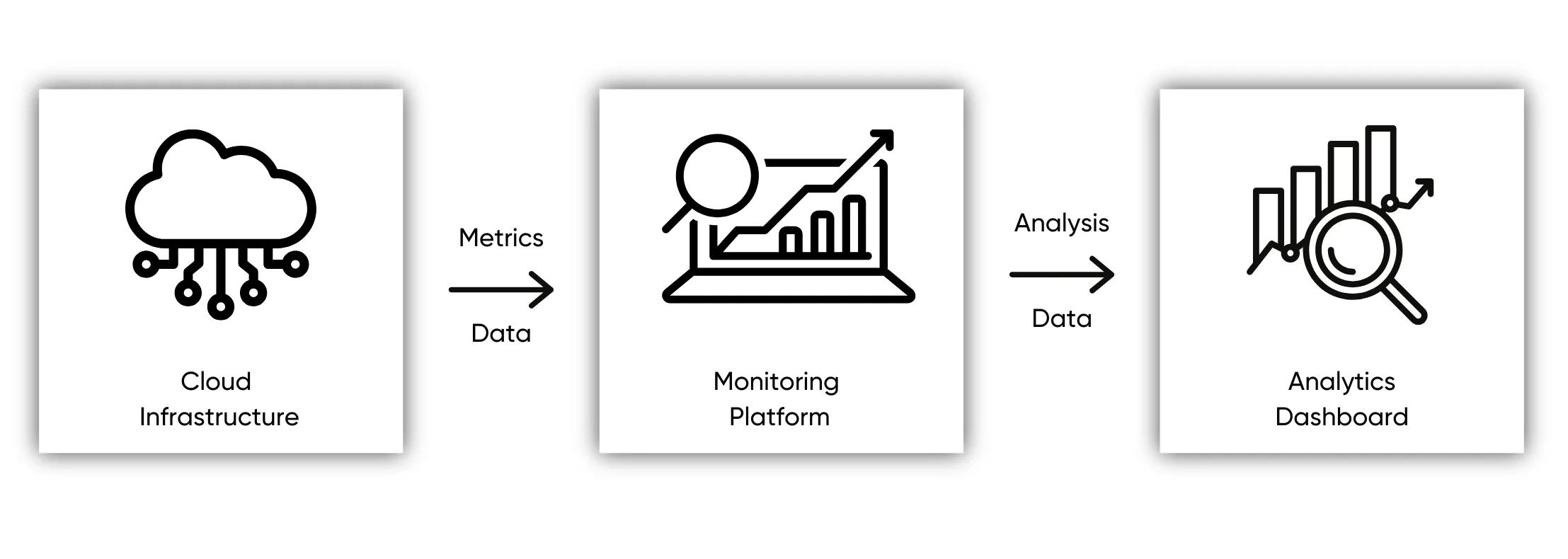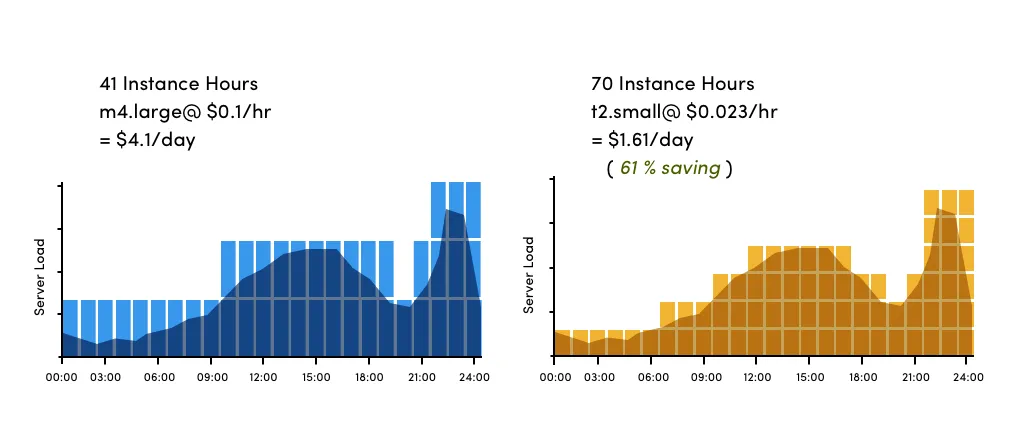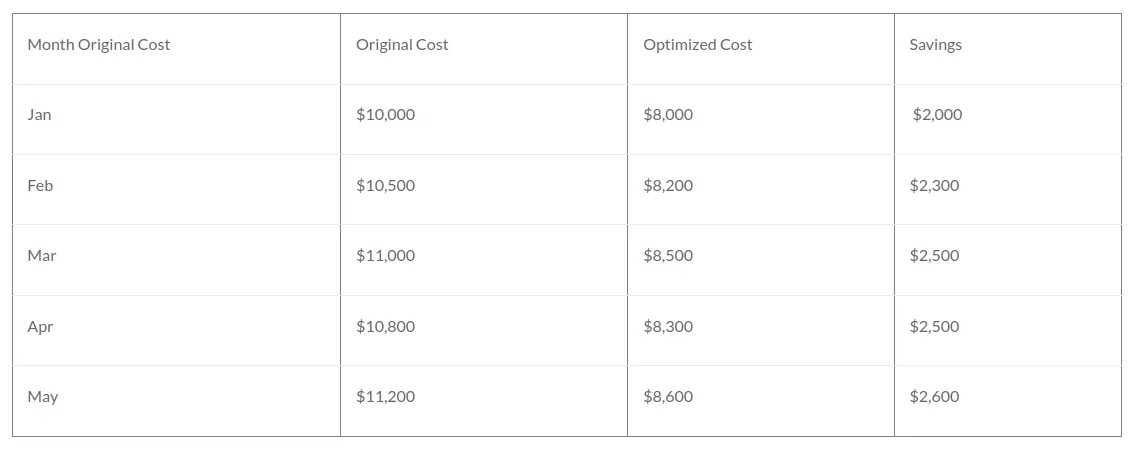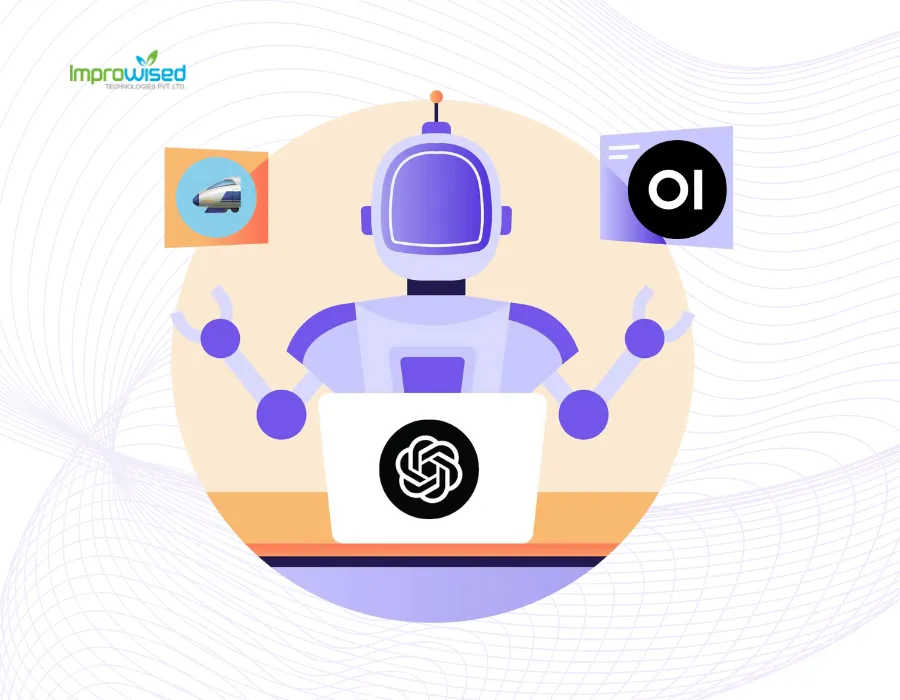December 24, 2024
Cloud Cost Optimization: Getting the Most Profit and Improvement

By Shailesh Davara
Improwised Technologies Pvt. Ltd.
Cloud adoption has given organizations more flexibility than ever before, but it has also created a new problem: how to keep cloud expenditures under control without limiting scalability. As more businesses move to multi-cloud and containerized systems, cloud cost optimization is no longer only a financial issue; it is now a strategic imperative.
This article talks about how firms can get the most out of their cloud investments by finding the proper balance between performance, scalability, and cost. It also talks about how platform engineers and CTOs can help.
Did you know that 82% of businesses say they go over budget in the cloud and over 30% say they waste more than a third of their budget?
What does it mean to optimize cloud costs?
Cloud cost optimization is giving each workload or application the best and most cost-effective cloud resources, taking into account performance, cost, compliance, and security needs. This dynamic procedure changes based on the needs of the application and the cloud’s ever-changing prices and service possibilities.
How Cloud Can Help Lower Costs
-
Financial Windfall: By making cloud spending easier, businesses can lower their operating costs by a lot. You can achieve this by getting rid of operations that aren’t working, including not using enough resources or giving too many. Companies can make more money and enhance their overall financial health by only paying for what they really need.
-
Predictable Finances: Businesses may make accurate financial forecasts and plans with the help of good cloud cost management. This makes it less likely that unexpected costs and budget overruns would happen, which gives strategic decision-making a sound base.
-
Using Business Agility: Businesses may easily grow and adapt their operations thanks to efficient cloud resources. This flexibility gives businesses an edge in today’s business world.
Why is it important to optimize cloud costs?
Cloud cost optimization isn’t only about saving money; it’s also about making money, being able to scale up and down quickly, and staying competitive. When you don’t keep an eye on your cloud expenses, they can get out of hand because of:
- Not enough use of compute/storage
- Autoscaling that isn’t set up right
- Not being able to see things in real time
- Code deployments that don’t work well
FinOps is a financial operations approach that connects engineering, operations, and finance teams so that decisions about cloud spending can be made in real time.
By 2030, McKinsey thinks that FinOps-as-Code may unlock $120 billion in value for businesses throughout the world.
Real-Time Information for the Best Cloud Spending

You need to be able to see and analyze data in real time to keep cloud costs under control. Businesses can find and fix problems with spending before they happen by using advanced technologies that can learn from data. This technology for early detection lets you take quick action to fix problems and helps keep costs from going up unexpectedly. Thorough reporting gives a full picture of operating costs and return on investment. If companies know how much each team, feature, and product costs, they can make smart decisions about how to use their resources and improve their processes. This level of detail allows businesses to get the most out of their cloud expenditures.
The main parts of cloud cost optimization
1. Being able to see and be responsible for things You can’t make things better if you can’t see them. To optimize costs effectively, you need to be able to see them clearly, split down by teams, services, and environments.
Tools that are recommended:
- Kubecost: A way to keep track of Kubernetes costs
- AWS Cost Explorer is the built-in dashboard for AWS.
- GCP FinOps Toolkit: budgeting and advice
- InfraCost adds cost estimates to pull requests.
Tip: Turn on showback/chargeback so that teams are responsible for how they use it.
2. Right-sizing and flexibility
Rightsizing is the process of making sure that the right amount of compute resources (such EC2 and GKE nodes) are available for real use.
- Reserved Instances: Save up to 60% on workloads that are easy to anticipate
- Spot Instances: Get up to 90% discount on jobs that are flexible or not very important.
Use autoscaling policies to change the size of the system based on how it’s being used.
Don’t forget to
- use performance measurements to avoid giving too much.
- Set up shutdowns for dev/test environments after work hours.
 3. Engineers’ FinOps Workflows
3. Engineers’ FinOps Workflows
FinOps is not only for finance. Engineers make 70–90% of the decisions on how to spend money on the cloud by choosing how to deploy and design systems.
To move FinOps to the left,
- connect InfraCost with GitHub pull requests.
- Policies for tagging every resource
- Budget alerts in CI/CD pipelines
InfoQ says, “Every engineering decision is a buying decision.”
4. Finding problems and making billing more efficient
Cloud fees often go up because of strange things like misconfigured settings, malicious software, or traffic spikes.
To lessen this:
- Allow for real-time anomaly detection (Spot.io, CloudZero)
- Make the data egress and storage tiers work better
- Set up warnings to go off automatically when use goes over certain levels.
Advanced tip: Use predictive analytics to guess how much something will cost based on the time of year or the number of people that visit.
Using Cloud-Native for Solutions That Are Scalable and Cost-Effective
To get the best performance and save as much money as possible, think about employing a cloud-native architecture. This technique uses cloud-specific capabilities to change how resources are allocated based on demand.
Key Methods for Running Cloud Services at a Low Cost:
- Dynamic Scaling and Load Balancing: Use load balancing and auto-scaling to automatically split workloads between many servers. This makes sure that resources are used efficiently, so you only pay for the processing power you need.
- Using Well-Architected Frameworks: Use frameworks like the Well-Architected Tool to help you design your cloud infrastructure. These frameworks give advice and best practices for getting the most out of operational excellence, cost, performance, security, and dependability.
Platform Engineering and Design That Takes Cost Into Account
Platform engineers are very important for developing infrastructure that doesn’t cost too much.
- Use Infrastructure as Code (IaC) with built-in cost visibility
- Set up Kubernetes clusters with autoscaling and cost limits.
- Set up internal development portals (IDPs) that are aware of budgets.
Some tools you could use are Backstage, Kratix, Terraform, and InfraCost.
Framework for optimizing costs in three phases
This is a framework based on the best practices of nOps and AWS:
- Inform—put tags on resources, see expenses, and make budgets
- Optimize: Use Spot/RI, right-size, and optimize traffic and storage.
- Run—automate compliance, keep an eye on strange things, and include FinOps
Tools and automation to help you save money on cloud services
| Tool | Use Case |
|---|---|
| Kubecost | Kubernetes cost visibility |
| InfraCost | Developer cost awareness (CI/CD) |
| Spot.io | Spot instance automation |
| AWS Explorer | AWS-native cost tracking |
| GCP FinOps | Budgeting, tagging, reporting |
| nOps | FinOps workflows, cost governance |
Cost Management Consoles: Use costed cost management consoles that give you a clear picture of how much you’re spending on the cloud. These consoles generally have tools for managing cloud charges, such as cost anomaly detection, budgeting, and forecasting.
Automated Recommendations: Use programs that provide you automated suggestions for how to save money. These tools can help you find the proper size for your resources, find resources that aren’t being used, and make the most use of your storage space based on how you use it.
Machine Learning and Automation: Use machine learning and automation to always find and use the most cost-effective and balanced compute resources. This is especially helpful for DevOps teams that use Kubernetes.
Example Chart: How Much Money You Can Save Over Time Image Link:

This graphic shows how much money you may save over the course of several months by using different cloud cost optimization tactics. The initial cost is the amount spent without any changes, and the optimized cost is the amount spent after the methods were put into place. The savings column shows how much money you save by switching from the original cost to the optimized cost.
Conclusion
Cloud cost optimization is no longer just something that operations people worry about; it’s a way to help the company grow and make money.
To get the most out of your cloud spending, stop being reactive and start being proactive: Put FinOps culture into action Give platform engineers tools to see what’s going on Include automation and responsibility
What happened? A cloud architecture that grows in a way that is both profitable and predictable.
Checklist for Action
Label all cloud resources by service, team, and environment Turn on reporting for showback and chargeback Set up cost alerts in AWS, GCP, and Azure Use Spot and Reserved instances when you can. Connect InfraCost to CI/CD Use nOps or Kubecost to see costs Check for strange costs every week
Need help making your platform more cost-effective? Talk to Improwised about how to develop cloud infrastructure that is long-lasting, can grow with your needs, and doesn’t cost too much.
Frequently Asked Question
Get quick answers to common queries. Explore our FAQs for helpful insights and solutions.

December 1, 2025
FinOps Best Practices for Cloud Cost Optimization: Rightsizing, Tagging, Automation & More

By Shyam Kapdi
Improwised Technologies
Pvt. Ltd.

November 28, 2025
Platform as a Product Guide: How to Build Internal Platforms That Scale

By Shyam Kapdi
Improwised Technologies
Pvt. Ltd.

November 26, 2025
Deploy Your Own ChatGPT Alternative with LiteLLM Proxy and OpenWebUI

By Improwised Editorial Team
Improwised Technologies
Pvt. Ltd.
Optimize Your Cloud. Cut Costs. Accelerate Performance.
Struggling with slow deployments and rising cloud costs?
Our tailored platform engineering solutions enhance efficiency, boost speed, and reduce expenses.
